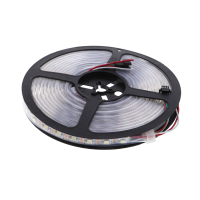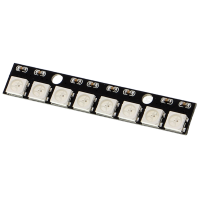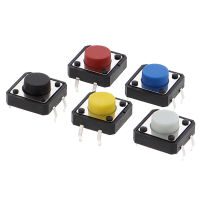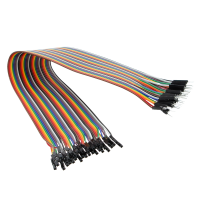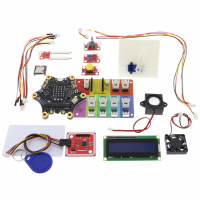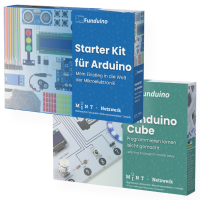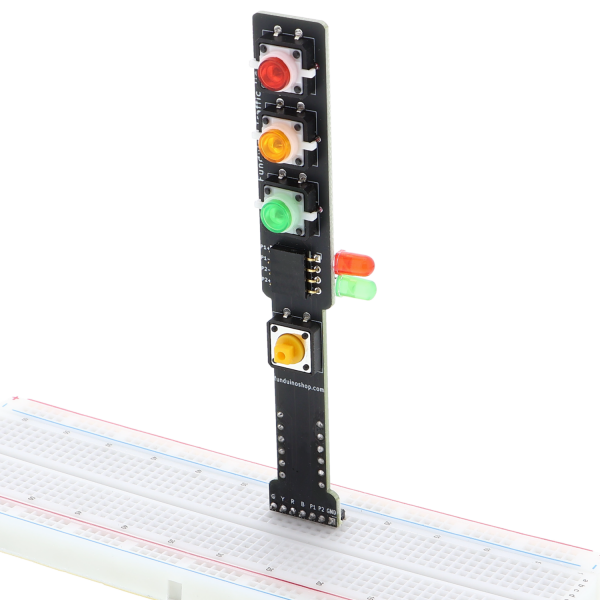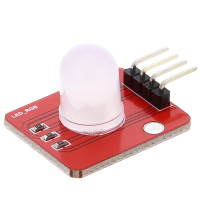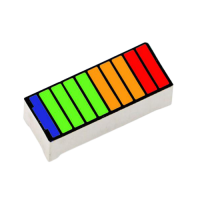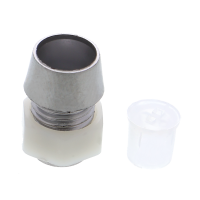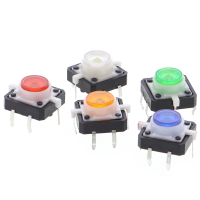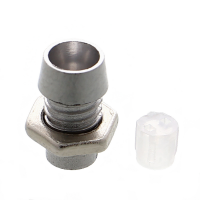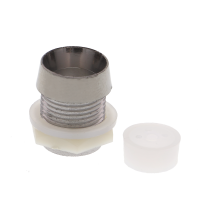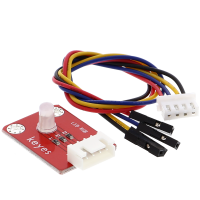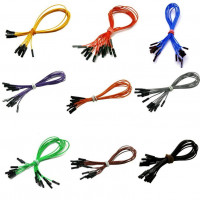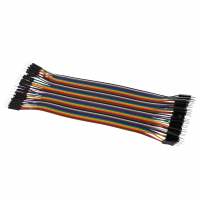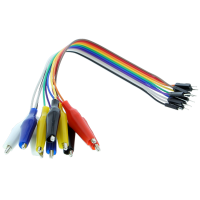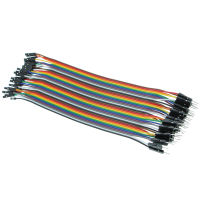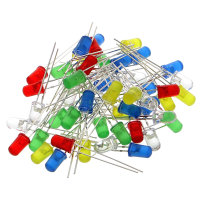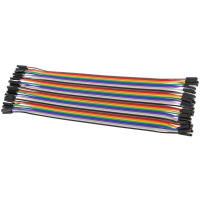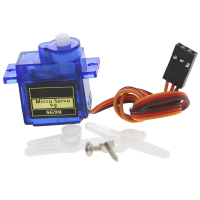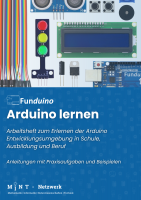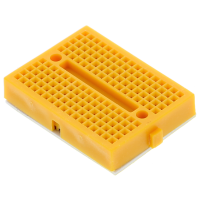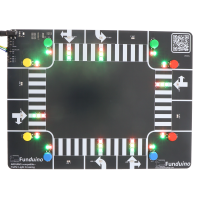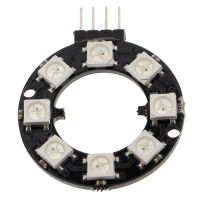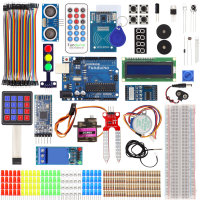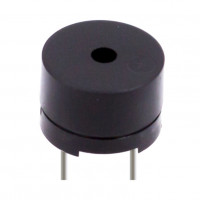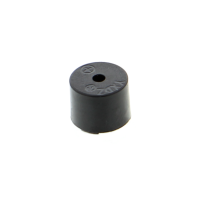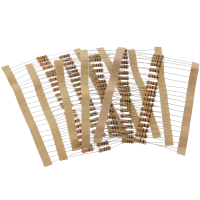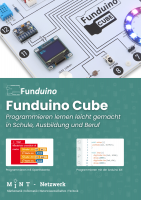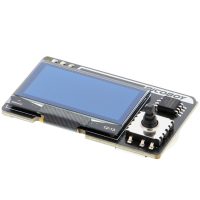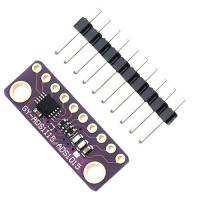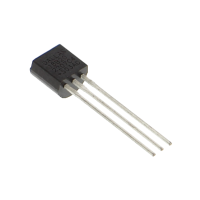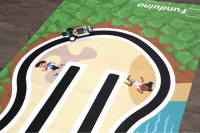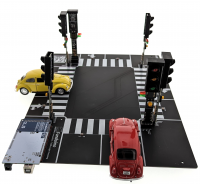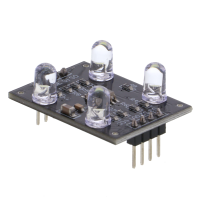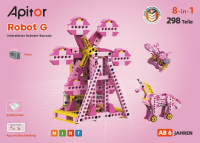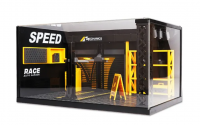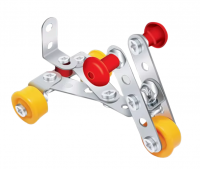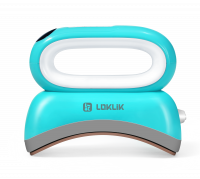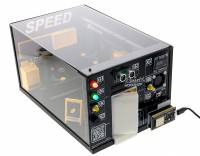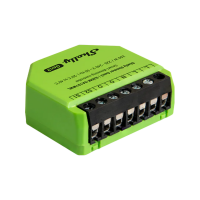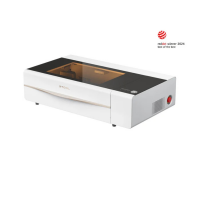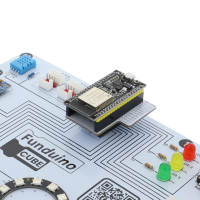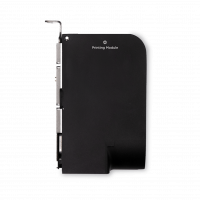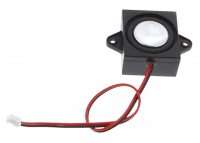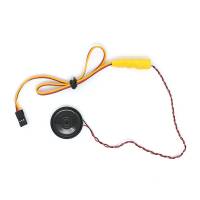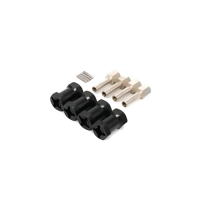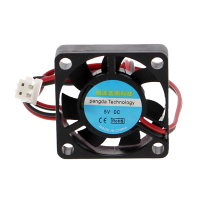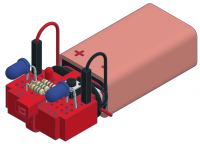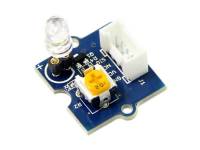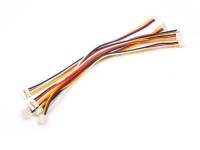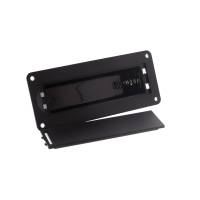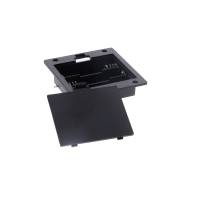Traffic light V2.0 with push-button, compatible with Arduino, ESP, Raspberry 5V / 3.3V
- Item no: F23107441
- Weight: 0,01 kg
- Packing dimensions: 13 cm x 1 cm x 2 cm (L x W x H)







This traffic light was developed by the didactics department Funduino GmbH in order to be able to implement projects and exercises in the microcontrolling area with everyday relevance. In addition to the usual three traffic light colors for the primary direction of travel, this traffic light has additional options for programming a real traffic light circuit. For example, there are two additional LEDs that can be plugged in at the side to display a traffic light signal for pedestrians. Depending on the application, these two LEDs in red and green can be plugged into the traffic light module from the left or right and controlled separately. A total of 5 LEDs are therefore controlled. In addition, the status of the push-button, which is also present, can be queried. As with a real traffic light, the push-button should have the function of allowing pedestrians to press the push-button to request a green light for pedestrians.
In combination with several of these traffic light modules, a complete intersection or traffic light crossing can be programmed.
A 3D print file (STL) can be downloaded free of charge. This gives the traffic light an enclosure to make it look more realistic. Of course, this assumes that you can use a 3D printer.
Overview:
- Works with 5V and 3.3V control, e.g. on the digital outputs of the Arduino UNO microcontroller, ESP32 etc.
- Traffic light module with 3x 8mm LEDs on 12mm x 12mm socket with upstream resistors
- Secondary traffic light for pedestrians with 2x 5mm LEDs (red and green) with upstream resistors
- The button switches to GND when pressed. The pin used on the microcontroller should therefore be used with the pull-up function or a pull-up circuit on the breadboard.
- Height plugged into the breadboard: approx. 12cm
- Interface: common cathode, all five LEDs can be controlled separately
- 1x traffic light V2.0 with push-button, compatible with Arduino, ESP, Raspberry
